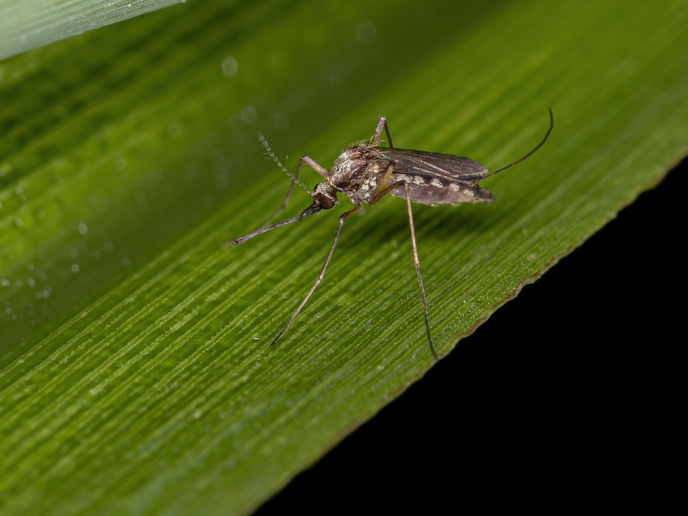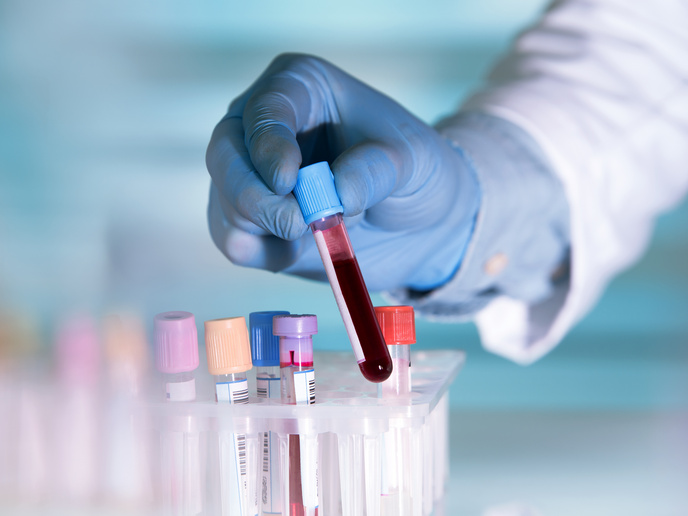Untangling the mystery of gene expression
Chromatin consists of deoxyribonucleic acid (DNA) tightly wound around proteins called histones. The winding and binding limits the access of transcription factors (TFs, molecules that modulate DNA transcription) to the DNA. An 'opening' of the complex is therefore required for gene expression and proper cell functioning. The modulation of chromatin structure is itself a highly dynamic process with complex regulation and whose dysfunction can result in aberrant gene expression. Understanding the mechanisms as well as the spatio-temporal patterns of binding in a single cell or in small groups of cells is critical to a full understanding of gene expression. The recently developed chromatin immunoprecipitation (ChIP) assay has been quite valuable for identification of histone modifications and of binding patterns between TFs and chromatin. However, immunoprecipitation of chemically cross-linked chromatin (XChIP) does not allow factor-DNA interaction studies on a temporal scale less than a few minutes, thus prohibiting the evaluation of transient chromatin binding. In addition, it does not facilitate the study of small populations of less than a hundred or so cells. With EU-funding of the ATLAS project, scientists developed laser-based ChIP (LChIP) that overcomes these disadvantages and brings with it numerous other benefits. Ultraviolet (UV) irradiation with an ultra-short pulse laser source creates a stable crosslink of zero length in a very short time due to the inherent photo-reactivity of excited nucleotides in the DNA. There is less perturbation of the biological system than with chemical cross-linkers such as formaldehyde and one can now study transient interactions occurring on very fast timescales. Further, the optimisation of DNA amplification methods enables the use of very small numbers of cells. Ground-breaking laser ChIP technology delivered by ATLAS now enables the study of transient binding interactions between chromatin and other molecules not detectable with conventional methods and critical to gene expression. The analysis of cell-selective genetic and epigenetic programmes on small subpopulations of cells down to the single-cell level should push the frontiers of scientific discovery. ATLAS is expected to stimulate enhanced understanding of physiological and pathological cellular processes leading to the development of novel genetic therapies. Please also see: http://vimeo.com/15927539(opens in new window) http://vimeo.com/15928069(opens in new window)







